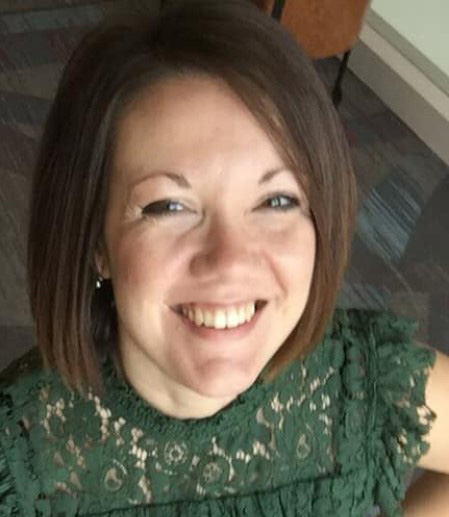Can a teacher really be effective if they are teaching four different preps?
Can students gain mastery of all of the standards in one school year for every subject?
Do larger textbooks in the United States equate to higher student performance?
At what point does multi-tasking become spinning a bunch of plates, poorly?
As we transition into the 2021-22 school year, I worry that the scrambling solution to close student learning gaps that have occurred through the pandemic will be to add more programs to “fix” the problem or to speed through even more content to “catch the students up”. In my twenty years in education, I have come to learn that less is more.
Prior to the school year beginning, instructional leaders will need to guide teachers through the process of analyzing standards to determine which are priority (essential) and which are not. What are essential skills that are needed for the next grade level? Narrowing the focus, will allow teachers to spend quality time instructing on the essentials. In our district, we found at times this narrowing of focus meant that teachers had 8 days to spend on a standard vs. only 3 days!
Student assessment data, especially teacher formative assessments, will be vital in determining learning gaps. Professional Learning Communities (PLCs) will need to push each other to use the data proactively to determine where the curriculum might be compacted in order to provide more time in other areas. PLC leaders will need to be ensuring that intentional conversations are being had at PLC meetings about instruction and how to improve it so that we are getting more bang for the buck, so to speak.
Another way that data conversations will be important in PLC, will be to brainstorm methods of re-teaching and enrichment. What will we do if students haven’t mastered the objective? What will we do to enrich the students who have mastered the objective? Planning respectful tasks for each student, will be key in closing gaps and ensuring that all students are growing academically.
Vertical and horizontal articulation of curriculum will be important now more than ever. As a teacher, I will need to know what I should expect the students to have already mastered coming to me. Time is often wasted reviewing objectives that were taught in prior grade levels, assuming that students will need this review. As time will be even more precious with the growing learning gaps, we cannot waste time in making that mistake.
As an educational leader these ideas may sound refreshing, or maybe even intimidating, but your leadership will be key in making sure that these learning gaps are closed! So, where should you begin?
- Craft your “Why” to be shared with teachers, and maybe even your “why not” to a program fix. Clarity of that vision will be the guide in the process.
- Carve out time for teachers (or representatives from each grade/course) to determine the essential standards and re-adjust curriculum maps.
- Coach your PLC leaders in planning for intentionality at their meetings to ensure professional learning that will result in student achievement. Provide feedback to the teachers on their work in their classrooms and the PLC process. **PLCs—don’t have them? Now that is a whole different conversation!
- Set goals, celebrate smalls wins, and be the gatekeeper ensuring that the focus stays narrow so that the important work can be done.


